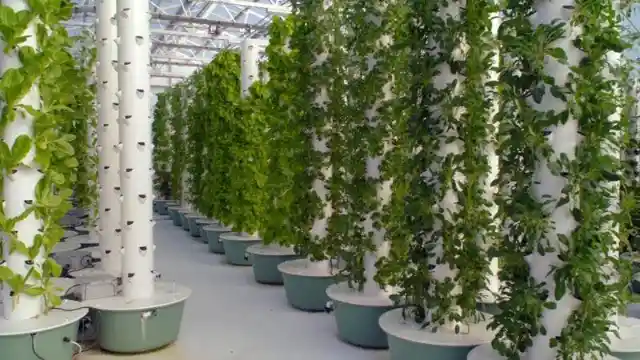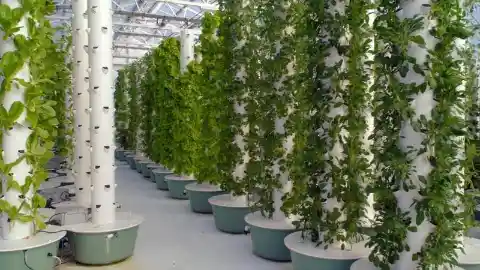The world's population is anticipated to reach 9.7 billion people by 2050, making feeding them a massive issue. Every day, we lose arable land due to industrial growth and urbanization. In 2015, scientists claimed that over the preceding 40 years, the Earth has lost a third of its arable land. We have no idea how much more we will lose in the next 40 years. One of the greatest issues we have is meeting rising food demand due to a growing population and shrinking arable land. Many people feel that vertical farming is the solution to this problem. Is vertical agriculture the way of the future?


What is Vertical Farming? Vertical farming is an agricultural method in which crops are produced vertically rather than in standard horizontal rows. Growing vertically conserves space and results in a better crop yield per square foot of area used. Vertical farms are typically found indoors, such as in a warehouse, where they can regulate the environmental conditions necessary for plants to thrive.
When did it start? Dickson Despommier was the first to introduce the notion of vertical farming in 1999. He was a Columbia University professor of Public and Environmental Health. When he asked his pupils if food could be produced on the rooftops of New York skyscrapers, they came up with a proposal for a 30-story vertical farm that would feed around 50,000 people using hydroponics and artificial light.
How to go about it? First and foremost, vertical farming aims to produce more food per square meter. Crops are grown in stacked layers in a tower life structure to achieve this purpose. Second, to keep the ideal light level in the space, a perfect blend of natural and artificial lighting is employed. Lighting efficiency is improved using technologies such as revolving beds. Finally, growth media such as aeroponic, aquaponics, and hydroponic are employed instead of soil. Vertical farming commonly uses peat moss, coconut husks, and other non-soil media. Finally, to counterbalance the energy cost of farming, the vertical farming system employs different sustainability elements. In fact, vertical farming consumes 95% less water than conventional farming.
Where can you start your own vertical farming? Buildings that have been abandoned are converted for vertical farming. Vertical farms can also be built using new structures, depending on the needs. Old or recycled shipping containers can be repurposed with LED lighting, vertically stacked farms, temperature controls, and monitoring sensors. Farms of this sort can conserve space while also increasing productivity. You can also use abandoned mining shafts and subterranean tunnels. Because of the consistent temperature and humidity, they consume less energy for heating and may use subterranean water for water supply. These farms may also generate 7 to 9 times the amount of food as a traditional farm.
Techniques used in vertical farming Hydroponics It is a way of producing food in water without the need for soil and mineral nutrition solutions. This strategy has the primary benefit of reducing soil-related cultivation issues such as soil-borne insects, pests, and diseases. Aeroponics There is no growth media and hence no containers for producing crops in aeroponics. Instead of water, mist or nutrient solutions are utilized in aeroponics. It takes extremely little room, very little water, and no soil because the plants are attached to a support and the roots are treated with a nourishing solution. Aquaponics The term aquaponics was created by combining two words: aquaculture (fish farming) and hydroponics (plant growth without soil) to create symbiotic interactions between the plants and the fish. The symbiosis is established by feeding nutrient-rich waste from fish tanks to hydroponic production beds called "fertigate." In turn, the hydroponic beds act as bio-filters, removing gases, acids, and chemicals from the water such as ammonia, nitrates, and phosphates.
Advantages of vertical farming 1. It proposes a strategy for meeting future food demands. 2. It permits crops to be grown all year. 3. It consumes a lot less water. 4. Crops are unaffected by the weather. 5. It is possible to raise more organic crops. 6. There is less chemical and illness exposure.
Disadvantages of vertical farming 1. It might be extremely expensive to construct, and economic feasibility assessments have yet to be completed. 2. Pollination would be difficult and expensive. 3. Higher labor expenses would be involved. 4. It is overly dependent upon technology, and a power outage would be disastrous.